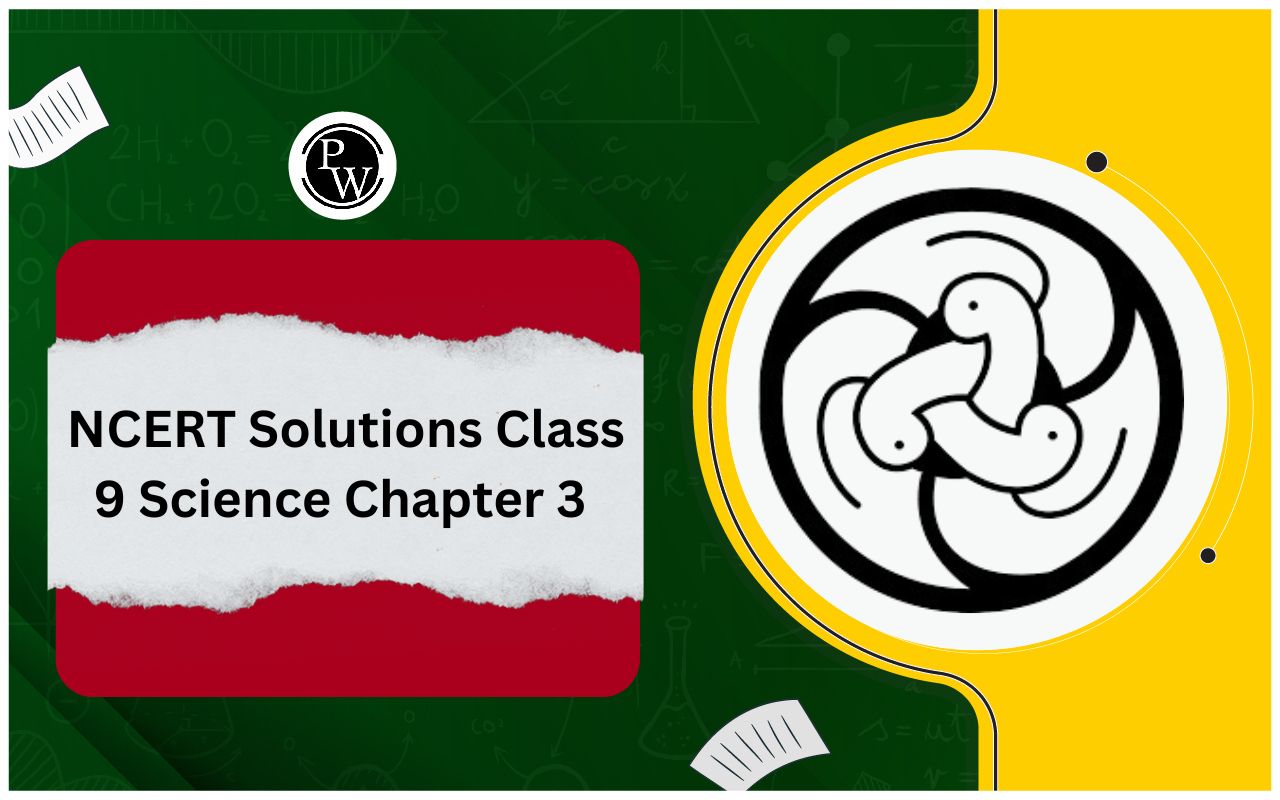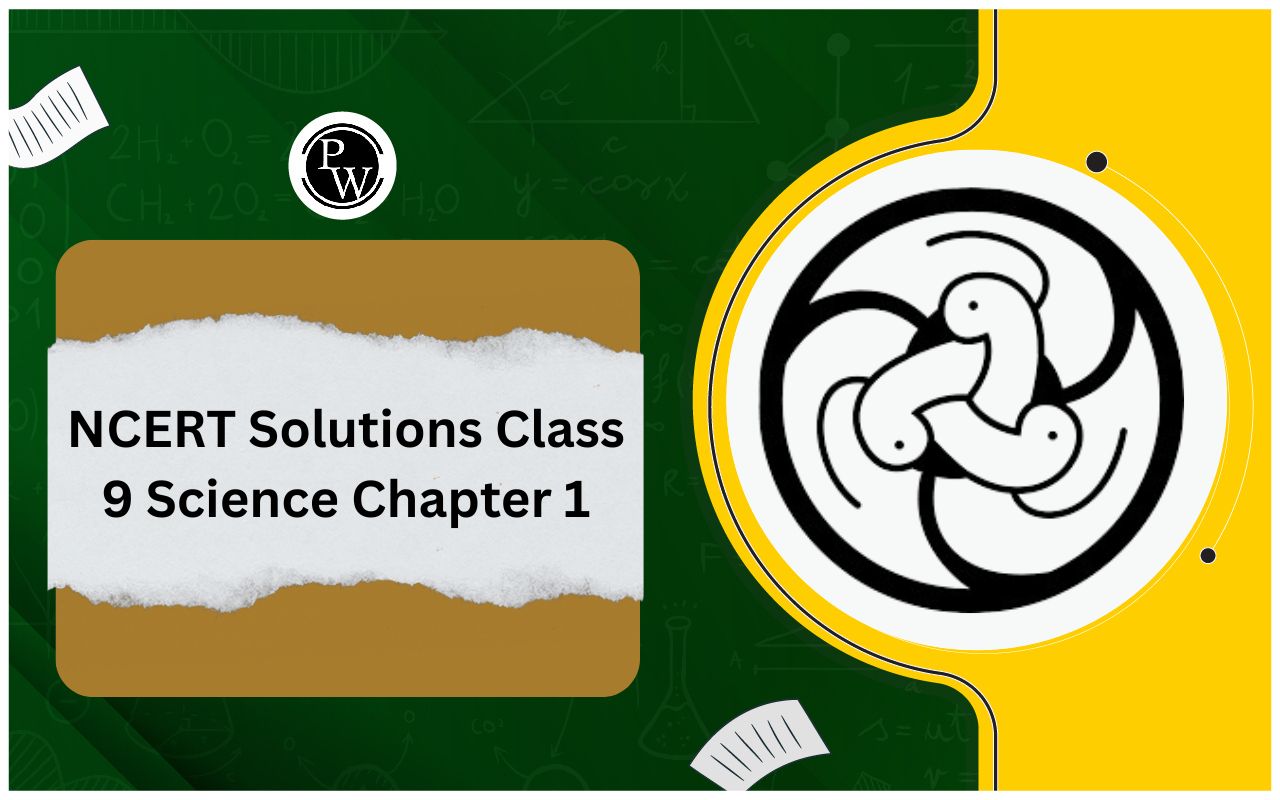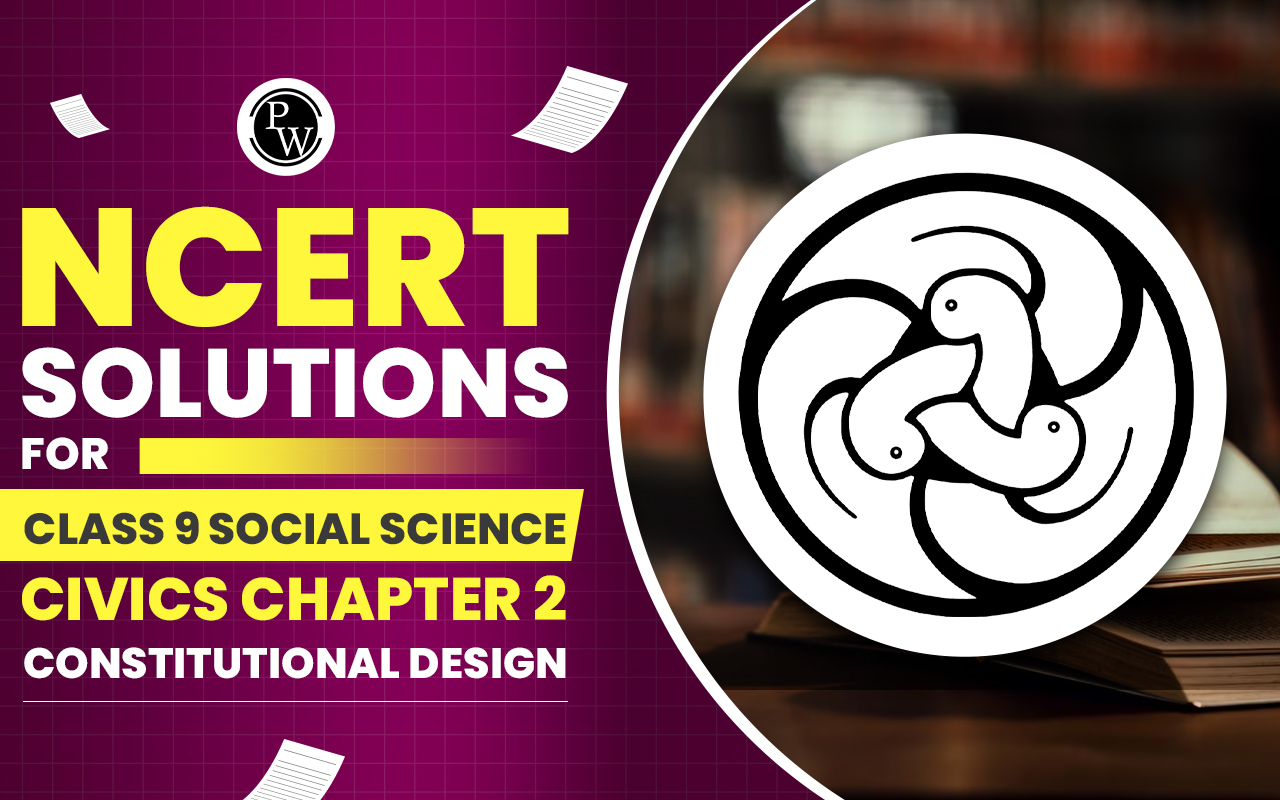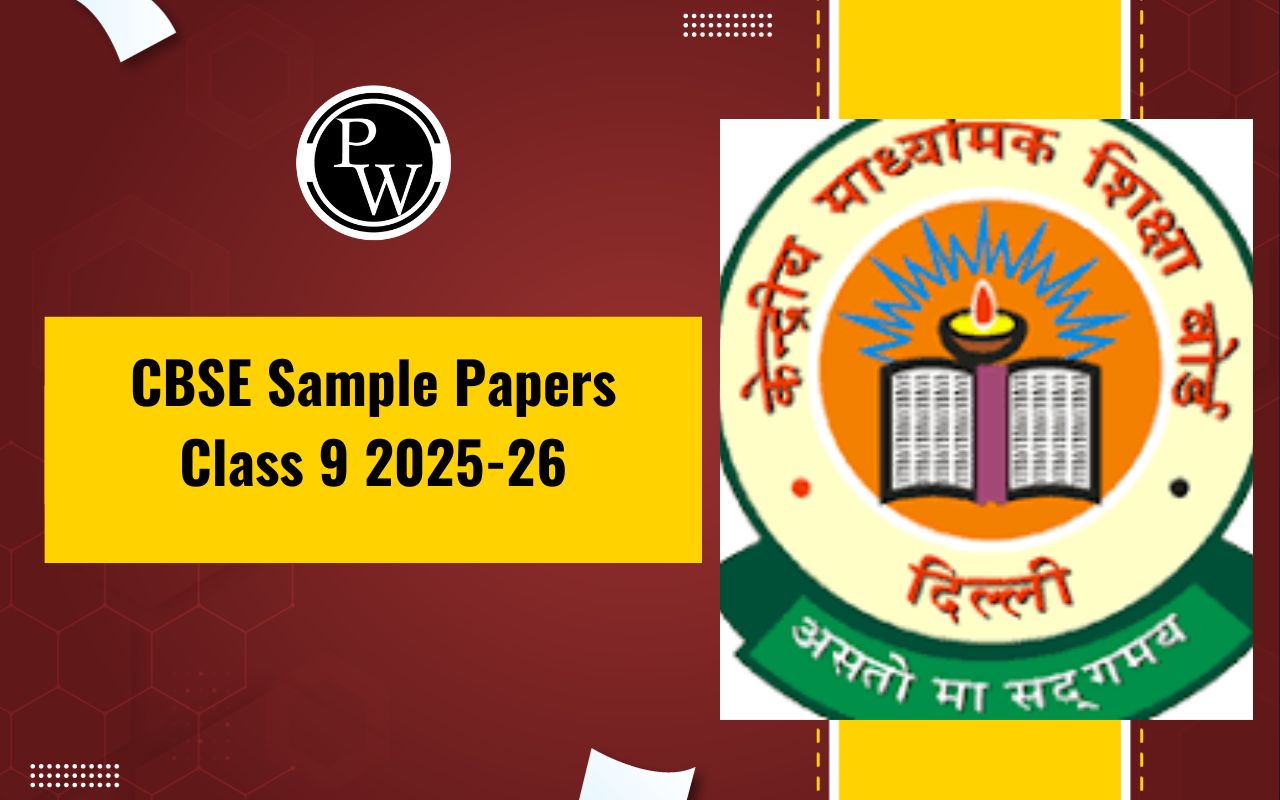
CBSE Class 9 Science Notes Chapter 8 Motion: CBSE Class 9 Science Notes for Chapter 8: Motion explain the basic concepts of how objects move. This chapter helps students understand the difference between distance and displacement, showing that distance is how much ground an object has covered and displacement is the shortest path from the starting point to the endpoint.
The notes explain how to use graphs to show motion, like distance-time and velocity-time graphs, making it easier to see and understand how things move. The chapter introduces simple equations to calculate motion in a straight line with constant acceleration. These notes are designed to make these concepts easy to understand, helping students learn and apply the basics of motion.CBSE Class 9 Science Notes Chapter 8 Motion Overview
These notes are prepared by subject experts at Physics Wallah for CBSE Class 9 Science Chapter 8: Motion. They explain the basics of how objects move, covering key concepts like distance and displacement, speed, velocity, and acceleration. The notes also show how to use graphs, such as distance-time and velocity-time graphs, to visualize motion. They introduce simple equations to calculate motion with constant acceleration. These notes are designed to make these ideas easy to understand, helping students learn and apply the basics of motion effectively.CBSE Class 9 Science Notes Chapter 8 PDF
You can find the CBSE Class 9 Science Notes for Chapter 8 in the provided PDF link. These notes cover various topics related to motion, including distance, displacement, speed, velocity, acceleration, and equations of motion.CBSE Class 9 Science Notes Chapter 8 PDF
CBSE Class 9 Science Notes Chapter 8 Motion
Understanding Motion
Time and Speed
Time is a scalar quantity that represents the duration of an event. It is typically measured in seconds (s). Time plays a crucial role in understanding and analyzing physical phenomena.
Speed is the rate at which an object covers distance. It is calculated using the formula: Speed=DistanceTime Speed is also a scalar quantity, meaning it has magnitude but no direction. The instantaneous speed of an object is its speed at a particular moment in time, while average speed is the total distance covered divided by the total time taken.
Comparison of Average Speed and Instantaneous Speed:
| Average Speed | Instantaneous Speed |
|---|---|
| Defined as the total distance travelled divided by the total time elapsed. | Defined as the speed at a particular instant of time. |
| Constant over the entire journey. | Not constant, varies with time. |
| Measured by calculating the speed for the entire journey. | Measured by a speedometer. |
| Example: A car travelling with a speed of 60 km/h, thus its average speed is 60 km/h. | Example: A car's speed at a specific moment shown by a speedometer. |
Uniform Motion and Non-Uniform Motion
Uniform Motion occurs when an object covers equal distances in equal intervals of time. Examples include:
- The movement of a ceiling fan’s blades.
- The motion of Earth around the sun.
- A pendulum swinging with equal amplitude on either side.
Non-Uniform Motion happens when an object covers unequal distances in equal intervals of time. Examples include:
- A bouncing ball.
- A running horse.
- A moving train.
Velocity
Benefits of CBSE Class 9 Science Notes Chapter 8 Motion
- These notes make learning about motion simple. They explain difficult ideas like velocity and acceleration in a way that's easy to grasp.
- Each term, like speed or displacement, is explained clearly with examples. This helps students see how these ideas work in real life.
- Detailed steps are given for important equations. This helps students understand how different numbers are related in motion problems.
- These notes are perfect for self-study and review. They cover everything students need to know for their exams.
- By providing all the important information in one place, these notes save students time. They don't have to search through textbooks to find what they need.
CBSE Class 9 Science Notes Chapter 8 FAQs
What is motion?
What are the types of motion?
What is the difference between speed and velocity?
How is acceleration defined?
What is uniform motion?











